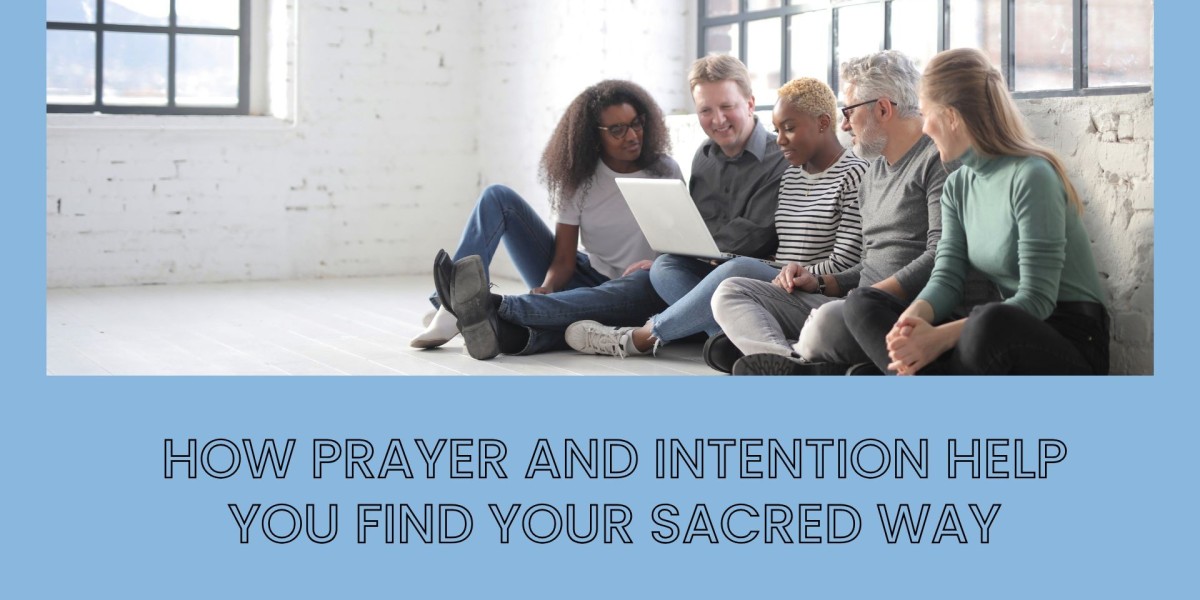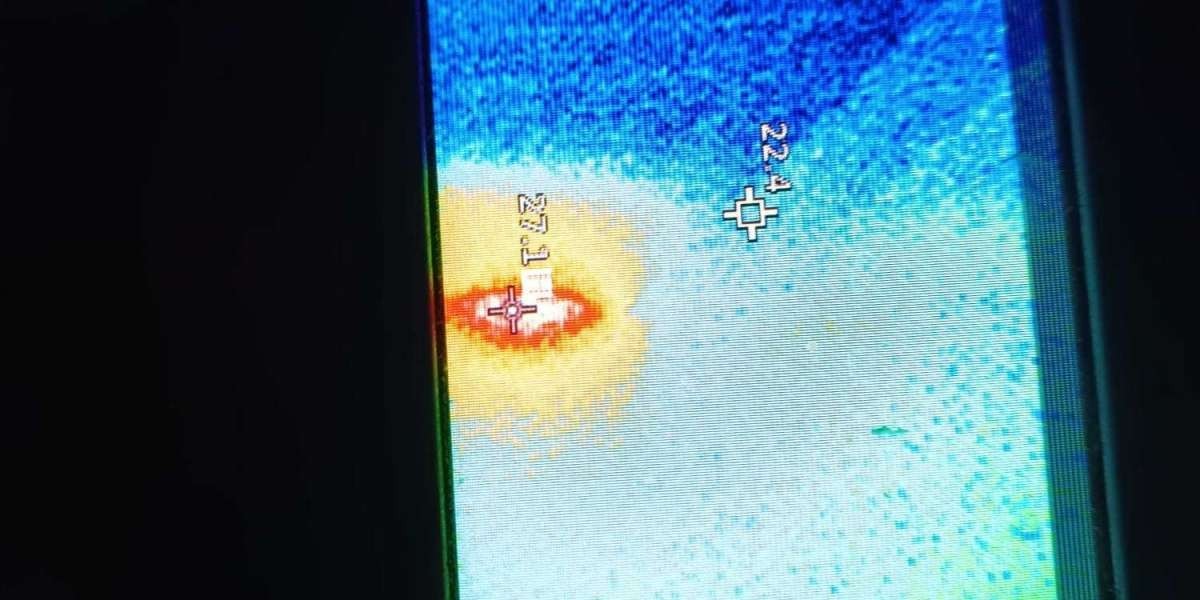In every culture and spiritual path, there exists an understanding that prayer and intention are far more than simple rituals or fleeting wishes. They are acts of alignment — ways to connect your inner world with a greater force, purpose, or consciousness. When you learn to engage both prayer and intention as living practices, they become powerful guides on your journey to finding your Sacred Way — that deeply personal path where your soul feels seen, supported, and purposeful.
Understanding the Sacred Way
Your Sacred Way is not a single destination or belief system. It is the unfolding of your authentic self — a process of remembering who you truly are beneath layers of conditioning, fear, and expectation. This path invites you to live from your heart, guided by wisdom that transcends logic and circumstance. Yet, finding it requires stillness, awareness, and faith — qualities nurtured through prayer and intention.
While prayer connects you to the divine, intention roots you in the present moment. Together, they create a bridge between the unseen spiritual realm and your tangible reality.
The Power of Prayer: Opening to the Divine
Prayer, in its purest essence, is communion. It is the language of the soul — not always spoken aloud, but always heard. Whether you pray through words, silence, music, or movement, the act itself centers your awareness on something higher than the self. It’s a way of saying, “I’m open. Guide me. Show me the way.”
When prayer becomes a daily rhythm rather than an occasional plea, it transforms into a dialogue rather than a request. You begin to notice synchronicities, inner nudges, and gentle affirmations from the universe — signs that you are being guided toward your Sacred Way.
Prayer softens resistance and opens space for divine wisdom to flow through intuition and feeling. Over time, it shifts your vibration from fear or uncertainty to faith and surrender — the fertile ground where inner truth can take root.
The Role of Intention: Directing Inner Energy
If prayer is about connection, intention is about direction. It channels your energy and focus toward what you consciously wish to create or embody. Setting an intention is an act of co-creation — a statement to the universe of your readiness to align thought, emotion, and action with a deeper purpose.
Intentions differ from goals. A goal seeks an external outcome, but an intention defines an inner state — peace, clarity, compassion, or courage. By holding these inner states, you naturally attract experiences that mirror them.
For example, setting the intention to “walk with grace and trust” might not immediately solve a challenge, but it reshapes how you meet it. Your energy becomes coherent, and your choices begin to reflect the deeper wisdom of your soul.
When Prayer and Intention Work Together
The true power emerges when prayer and intention intertwine. Prayer opens your heart to divine guidance; intention focuses your will to act on that guidance. This balance of surrender and direction allows your path to unfold with both grace and groundedness.
Consider this sequence:
Pray to connect — to ask for clarity or understanding.
Listen — notice what arises through stillness, dreams, or intuition.
Set your intention based on the guidance received.
Act consciously — align thoughts, choices, and behaviors with that intention.
Offer gratitude — acknowledging the unseen forces shaping your journey.
This sacred rhythm transforms spiritual practice into lived experience. It turns faith into movement and transforms ordinary moments into steps along your Sacred Way.
Listening Deeply: The Art of Attunement
As you cultivate prayer and intention, your sensitivity to subtle inner guidance heightens. You begin to feel when something resonates with your higher self and when it does not. This intuitive attunement is your compass.
Listening deeply requires patience. Sometimes, answers come not in words but in symbols — a song lyric, a dream, a sudden knowing. The more you honor these whispers, the clearer your Sacred Way becomes.
Many find that journaling after prayer or writing down intentions strengthens this clarity. Seeing your thoughts in written form helps you recognize patterns, progress, and divine timing at work.
Overcoming Doubt and Disconnection
Even devoted seekers experience moments of doubt — when prayers seem unanswered or intentions fail to manifest. Yet, these moments are part of the spiritual refinement process. The universe is always responding, though not always in the ways we expect.
When you feel lost, return to the essence of prayer: trust. Remember that your intention plants seeds in the unseen realm, and every sacred seed requires time to grow. Keep tending your inner garden with faith, compassion, and gratitude — the light that helps all things bloom.
Living Your Sacred Way Every Day
Finding your Sacred Way is not about escaping the world; it’s about walking through it with awareness and purpose. It means bringing prayer into the mundane — offering silent gratitude while cooking, blessing others in thought, or setting intentions before starting your day.
Each act, when infused with prayerful awareness and intentional energy, becomes sacred. Your path begins to shimmer with meaning, and even challenges become invitations to deepen your faith and alignment.
Conclusion: The Union of Spirit and Self
Prayer and intention are not separate forces but complementary expressions of the soul’s dialogue with the divine. Together, they weave a tapestry of connection, purpose, and grace — a map guiding you home to your Sacred Way.
As you learn to pray not just with words but with your life, and to set intentions not just for outcomes but for alignment, you awaken to the quiet truth: the Sacred Way is not found — it is revealed, step by step, through the union of your willing heart and the wisdom of the divine.








